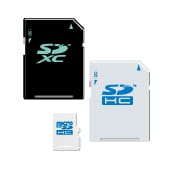2025 marks a remarkable consumer electronics milestone: the 20th anniversary of the microSD memory card! Since its innovation in 2005, the card has reshaped the landscape of memory technology and has become an integral part of many people’s lives. Powering digital cameras, gaming consoles, drones, dashcams and more, the SD Association is committed to its continuous evolution.
As we reflect on two decades of this groundbreaking technology, let’s dive into the small but mighty impact of the microSD memory card.
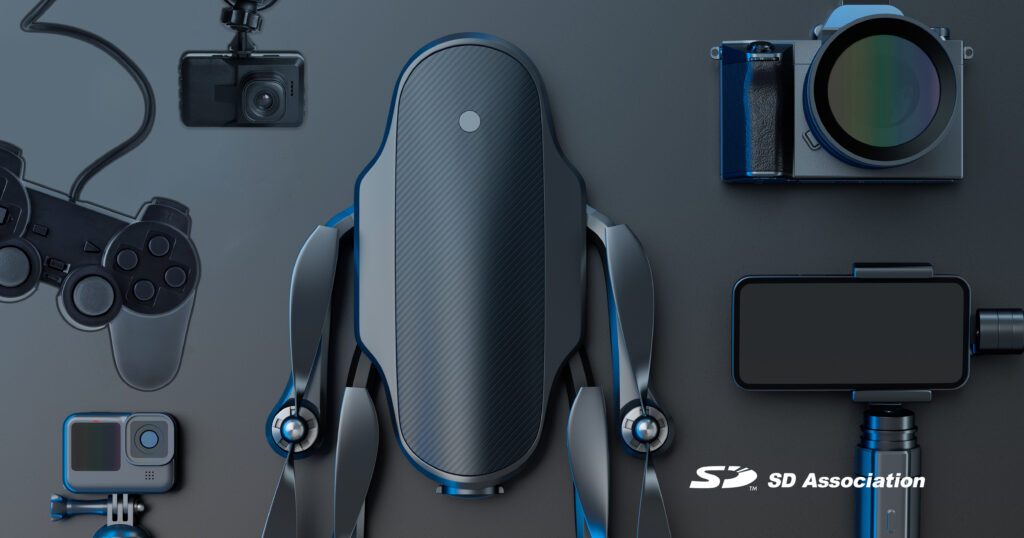
The Evolution of microSD: A Timeline of Progress
The journey of microSD memory cards is a testament to continuous innovation and adaptation. From its initial capacity of a few megabytes to the multi-terabyte cards of today, the evolution has been transformative.
microSD Era
2005: Birth of microSD
Originally known as TransFlash or T-Flash, developed by Sandisk, it was renamed microSD when adopted and officially standardized by the SD Association. This innovation was driven by the increasing demand for smaller, more efficient storage solutions for the rapidly evolving mobile phone market.
Early microSD memory cards were launched with capacities of 32, 64, and 128 MB. While seemingly small by today’s standards, these capacities were significant for the mobile devices of that era, which previously provided little storage.
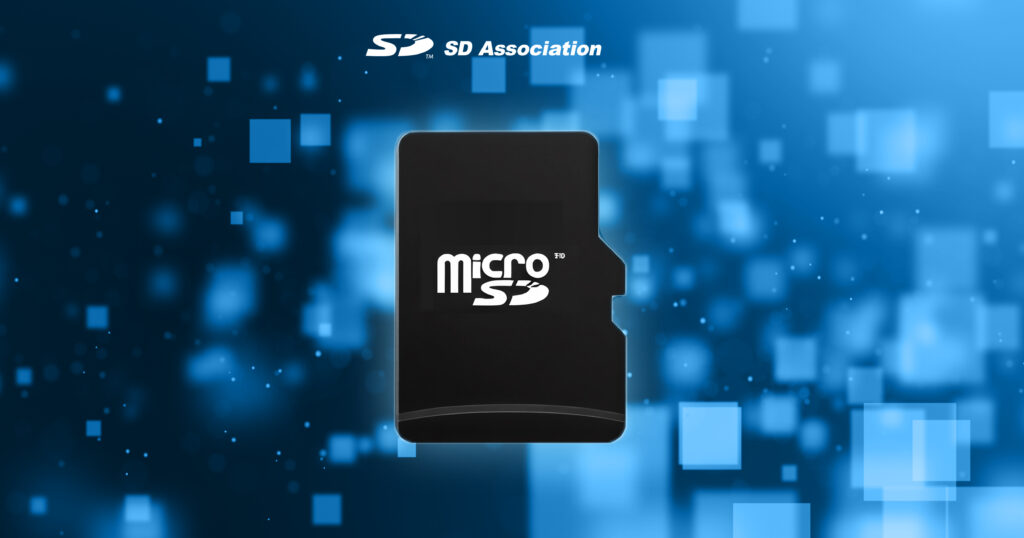
2006-2010: Early Years
This was a time of rapid advancement for microSD, primarily fueled by the growing demand for mobile multimedia storage. The pivotal introduction of microSDHC in 2006 dramatically increased storage capacities, allowing for cards up to 32GB, a significant leap from the original SD capacity standard. This shift, enabled by the FAT32 file system, facilitated the storage of more photos, videos, and music on mobile devices.
Ultra-High Speed (UHS-I, II, III) Era
2010-2018: microSDXC Era
The microSDXC era significantly expanded microSDXC memory card storage capacity up to 2TB, addressing the burgeoning needs of high-resolution digital cameras and video recorders. Complementing this storage increase was the introduction of the Ultra High Speed (UHS) bus interface, designed to facilitate faster data transfer of these large files.
This expansion, facilitated by the exFAT file system and accelerated by UHS bus speeds, enabled storage and efficient management of vast amounts of data, driving the adoption of microSD in professional and consumer electronics.
SD Express Era
2019: SD 7.1 Specification
The introduction of SD Express and microSDUC in 2018 with SD7.0 laid the groundwork for microSD Express, integrating PCI Express ® Gen 3 interface and NVM Express™ protocol into the microSD form factor introduced with SD 7.1 specification in 2019. This specification aimed to revolutionize performance for data-intensive applications, focusing on enabling faster access and processing using the small removable memory card form factor of microSD.
2023: SD Express v8.0
A landmark achievement, SD v8.0 significantly boosted microSD Express performance to 2GB/s through PCIe Gen 4.0. This advancement unlocks new possibilities for applications requiring even higher-speed data transfer, such as 8K video recording with multi stream, 360o cameras, VR/3D cameras, high-performance gaming, and AI-at-the-edge applications.
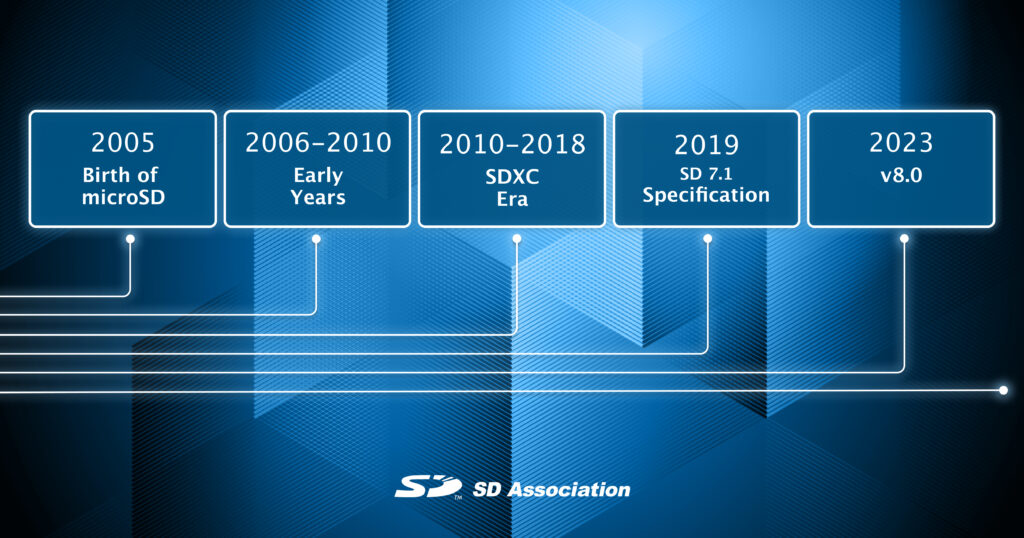
The Power of microSD Express
microSD Express is a game-changer for removable storage as it bridges the performance gap between traditional microSD memory cards and solid-state drives. By integrating PCIe and NVMe interfaces, microSD Express now delivers unprecedented data transfer rates and random-access data. microSD Express elevated the storage game across a wide variety of devices and use cases.
- Content Creation: Videographers can now capture and store high-resolution 8K footage and multi-stream directly onto the memory card, eliminating the need for bulky external drives. Similarly, professional photographers benefit from faster burst shooting and quicker image transfers, streamlining their workflows and boosting productivity.
- Gaming: Across modern gaming platforms, the adoption of microSD Express can enhance performance by reducing loading times, improving gameplay smoothness, and lowering latency. The Nintendo Switch 2 has already integrated this technology, showcasing its benefits in a handheld format. Meanwhile, other platforms such as the PlayStation 5, Xbox Series X|S, and handheld PCs like the Steam Deck, ASUS ROG Ally, and Xbox-branded variants represent strong candidates for future implementation given their focus on high-performance, portable gaming.
- Automotive: For dashcams within automotive applications, particularly those demanding high-resolution recording and 360o multi-stream video recording, microSD Express may deliver efficient high-definition video recording and rapid access as necessary.
Future Trends and Growth
The future of microSD is bright, with emerging technologies driving further innovation and adoption. New focuses include:
- AI and Edge Computing: microSD memory cards provide essential storage for AI-at-the-edge devices, enabling local data processing with fast access to memory and reducing reliance on cloud connectivity.
- IoT Devices: The compact size and low power consumption of microSD memory cards make them ideal for IoT applications, where reliable storage is crucial for sensor data and device logs.
- Extended Reality (XR) Devices: microSD Express enables seamless streaming and rendering of high-resolution XR content, delivering immersive and responsive experiences.
- Automotive: With the increasing complexity of automotive systems, microSD memory cards play a vital role in data logging, navigation systems, and entertainment systems.
- Semi-Embedded Memory: As having the SSD-like protocols (PCIe/NVMe) and with such a small footprint, this small device may replace existing internal main memory devices like M.2 or soldered memories (UFS or NVMe-BGA) – allowing further smaller/thinner products and/or in case of a soldered device replacement to serve as convenient replaceable memory. This allows it to meet the newly adopted Right-To-Repair rules.
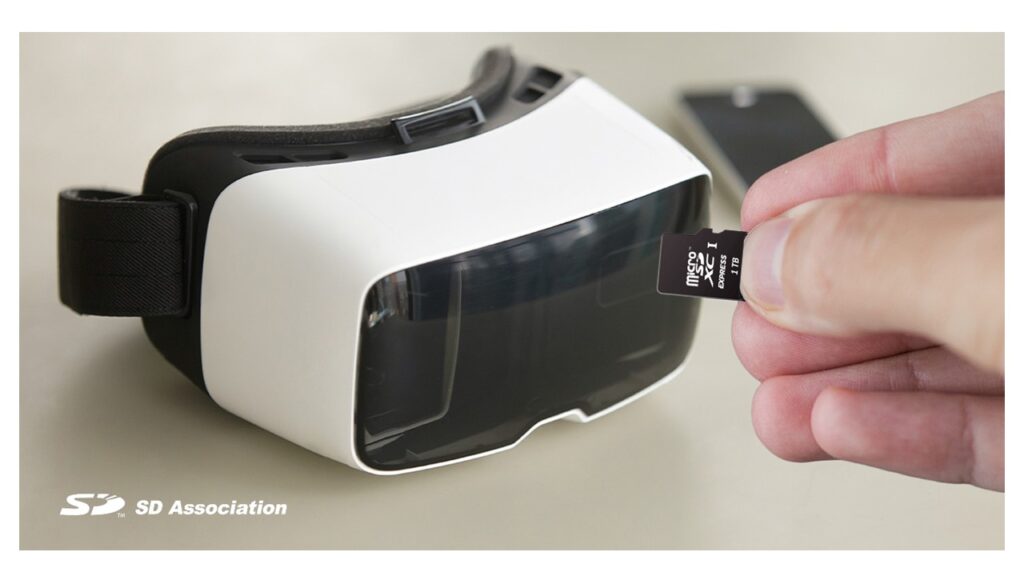
The celebration of microSD is an incredible achievement, and its opportunities for growth are endless. The SD Association remains committed to pushing the boundaries of microSD technology, ensuring it remains a vital component of the digital ecosystem.
PCI Express® is a registered trademark of PCI-SIG®. NVM Express™ and NVMe™ are trademarks of NVM Express, Inc.
